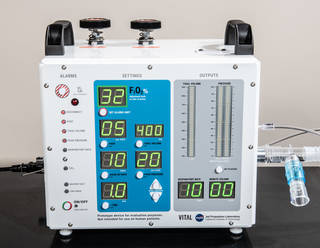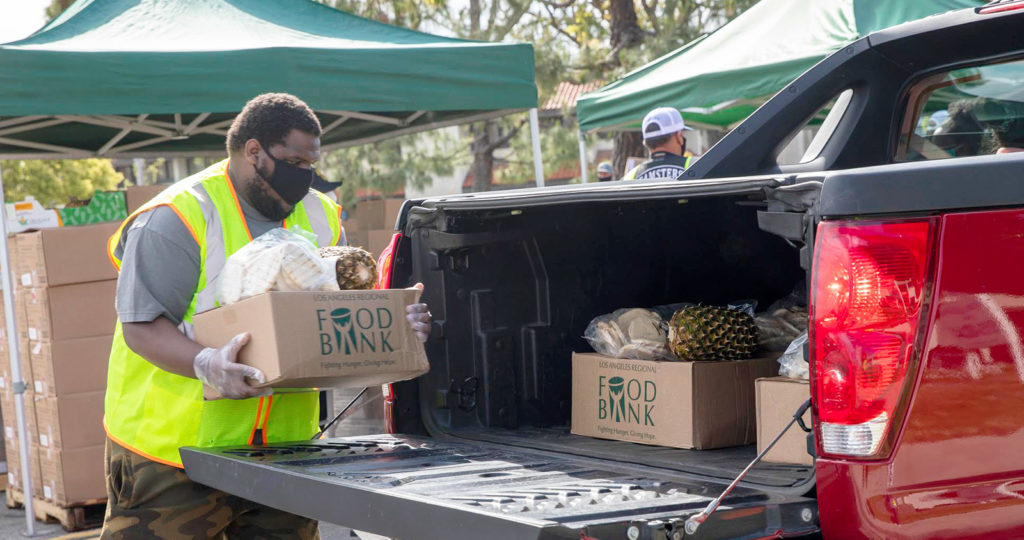
A new high-pressure ventilator developed by NASA engineers and tailored to treat coronavirus (COVID-19) patients passed a critical test Tuesday at the Icahn School of Medicine at Mount Sinai in New York, an epicenter of COVID-19 in the United States.
The device, called VITAL (Ventilator Intervention Technology Accessible Locally), was developed by engineers at NASA’s Jet Propulsion Laboratory in Southern California to free up the nation’s limited supply of traditional ventilators so they may be used on patients with the most severe COVID-19 symptoms.
“We specialize in spacecraft, not medical-device manufacturing,” said JPL Director Michael Watkins. “But excellent engineering, rigorous testing and rapid prototyping are some of our specialties. When people at JPL realized they might have what it takes to support the medical community and the broader community, they felt it was their duty to share their ingenuity, expertise and drive.”
NASA next is seeking expedited FDA approval for the device via an emergency use authorization, a fast-track approval process developed for crisis situations that takes just days rather than years. To get input from a gold-standard medical facility, JPL delivered a prototype of the device to the Human Simulation Lab in the Department of Anesthesiology, Perioperative and Pain Medicine at Mount Sinai for additional testing.
“We were very pleased with the results of the testing we performed in our high-fidelity human simulation lab,” said Dr. Matthew Levin, Director of Innovation for the Human Simulation Lab and Associate Professor of Anesthesiology, Preoperative and Pain Medicine, and Genetics and Genomics Sciences at the Icahn School of Medicine. “The NASA prototype performed as expected under a wide variety of simulated patient conditions. The team feels confident that the VITAL ventilator will be able to safely ventilate patients suffering from COVID-19 both here in the United States and throughout the world.”
VITAL can be built faster and maintained more easily than a traditional ventilator, and is composed of far fewer parts, many of which are currently available to potential manufacturers through existing supply chains. Its flexible design means it also can be modified for use in field hospitals being set up in convention centers, hotels, and other high-capacity facilities across the country and around the globe.
Like all ventilators, VITAL requires patients to be sedated and an oxygen tube inserted into their airway to breathe. The new device wouldn’t replace current hospital ventilators, which can last years and are built to address a broader range of medical issues. Instead, VITAL is intended to last three to four months and is specifically tailored for COVID-19 patients.
“Intensive care units are seeing COVID-19 patients who require highly dynamic ventilators,” said Dr. J.D. Polk, NASA’s chief health and medical officer. “The intention with VITAL is to decrease the likelihood patients will get to that advanced stage of the disease and require more advanced ventilator assistance.”
The Office of Technology Transfer and Corporate Partnerships at Caltech, which manages JPL for NASA, will offer a free license for VITAL and currently is reaching out to the commercial medical industry to find manufacturers for the device.
To learn more about how NASA is helping in the national response to COVID-19, visit nasa.gov/coronavirus.







